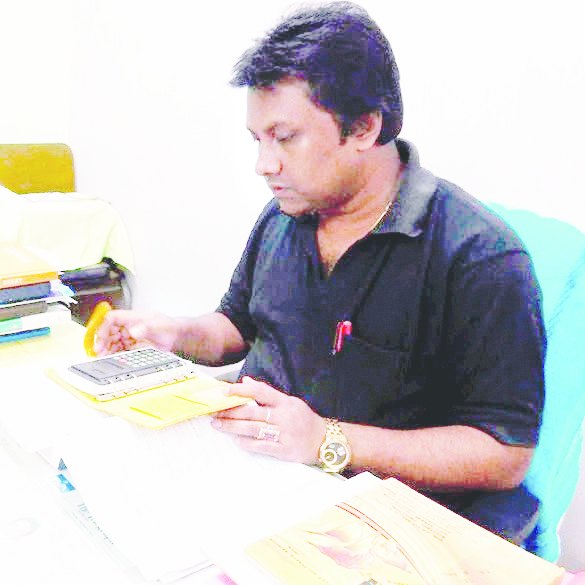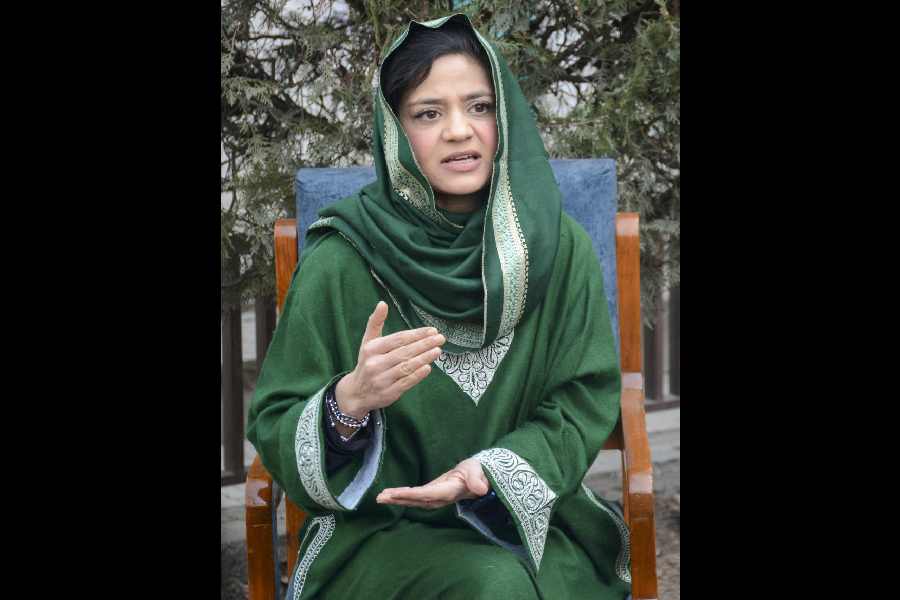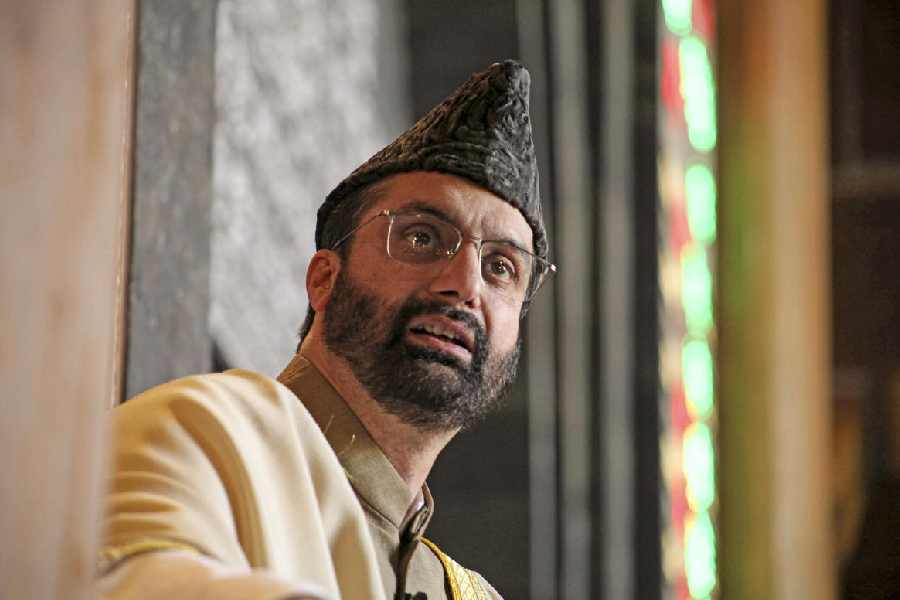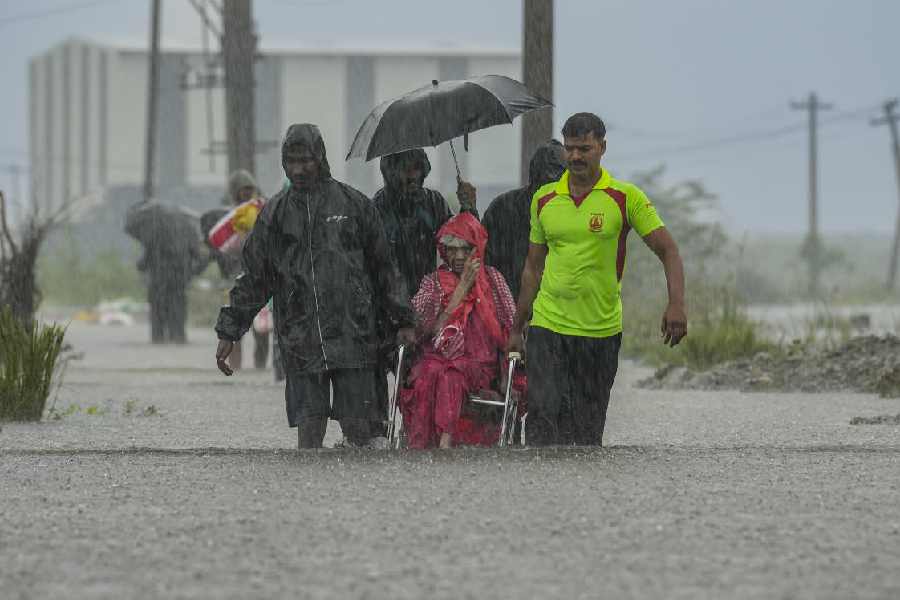
Agartala, Sept. 2: Infosys co-founder N.R. Narayana Murthy had bemoaned the lack of original scientific inventions by Indians over the past six decades. But the pioneer of the software sector in India should be proud of Arijit Das, a chemistry professor and researcher in Tripura.
Das, assistant professor of inorganic chemistry in the government-run Ramthakur College, has invented 16 new methodologies and 36 formulae in his field of chemical education to facilitate easier study and comprehension by university students and researchers.
His crowning achievement came on August 24 this year when Edel Garcia, a multidisciplinary scientist and administrator-owner of Minerazzi Project in the US, (www.minerazzi.com) at the now-defunct Microsoft Innovation Centre, launched a software, Hydrocarbon Parser, based on four of Das’s 16 methodologies and 14 of 36 formulae. This software is easily accessible online in the tools section of Minerazzi at http://www.minerazzi.com/tools/hydrocarbons/parser.php and http://www.minerazzi.com/tools/hydrocarbons/parser.php — a rare feat achieved by any India-based scientist and possibly unmatched.
“I have been personally informed in a mail by Dr Edel Garcia that the software or tool based on my methodologies and formulae ‘validate the chemical formulae, compute numbers and types of chemical bond, degrees of unsaturation, discriminate between functional isomers and predict normal boiling point temperatures’,” said Das. He said by accessing the software, all levels of chemistry students and researchers can immensely reduce their workload of extensive reading and calculations as they will have ready solutions to problems in his methodologies and formulae.
Garcia is a giant in the field of chemistry settled at Bayamon, Puerto Rico, and a visiting professor at top universities, including Harvard.
In his letter of appreciation to Das dated August 23, Garcia said: “I have researched several methodologies for chemical solutions and found that your methodologies are the best of the bests for what I am trying to achieve: provide a user-friendly hydrocarbon parser that anyone (teachers, students and researchers) can use for free at any time.” This is perhaps the ultimate recognition.
Apart from this, Das’s methodologies and formulae have been indexed in Chemwiki (chemwiki.ucdavis.edu), the digital library in the University of California, Davis, by renowned professor of chemistry, Delmar Larsen, the founder and director of Chemwiki.
Chemwiki is supported by the National Science Foundation, USA which funds 24 per cent of scientific research projects conducted by American colleges and universities. The process of Das’s inventions had commenced in 2011 when he was the head of the department of chemistry at Dharmanagar College in North Tripura.
“I do not know how it all happened. I had long been reflecting on how to provide students with easier methods of study of the subject. One evening, while I was tiredly dozing in my chair, the first methodology and formulae occurred to me and I jotted it down. That is how between 2011 and 2014 all 16 methodologies and 36 formulae got stuck in the grey cells of my brain,” said Das.
Recognition came fast and overwhelmingly as the NASA-sponsored International Organization of Scientific Research Journal of Applied Chemistry ((IOSR-JAC) printed all his methodologies and formulae. Back home, the Delhi-based journal, Chemistry Today, printed them in 2011.
Recently the pro-vice chancellor of Calcutta University, Dhrubajyoti Chattopadhyay, released the Journal of Indian Chemical Society (Volume-3, No-1, Pages-1-28) containing all of Das’s inventions at a function in Calcutta on August 31.
The World Journal of Chemical Education, USA, Volume-2 (2014-2015) had also printed Das’s inventions.
As a mark of recognition of what he has achieved, the American Chemical Society had offered membership to Das in 2013.
“My greatest satisfaction is that what I have done will help students and researchers in studying and easily comprehending chemistry. Now I intend to work on the aspects of chemistry that is connected to environment and climate. If I can achieve what I wish to, it will be a contribution to fighting climate change and environmental degradation,” he said.










